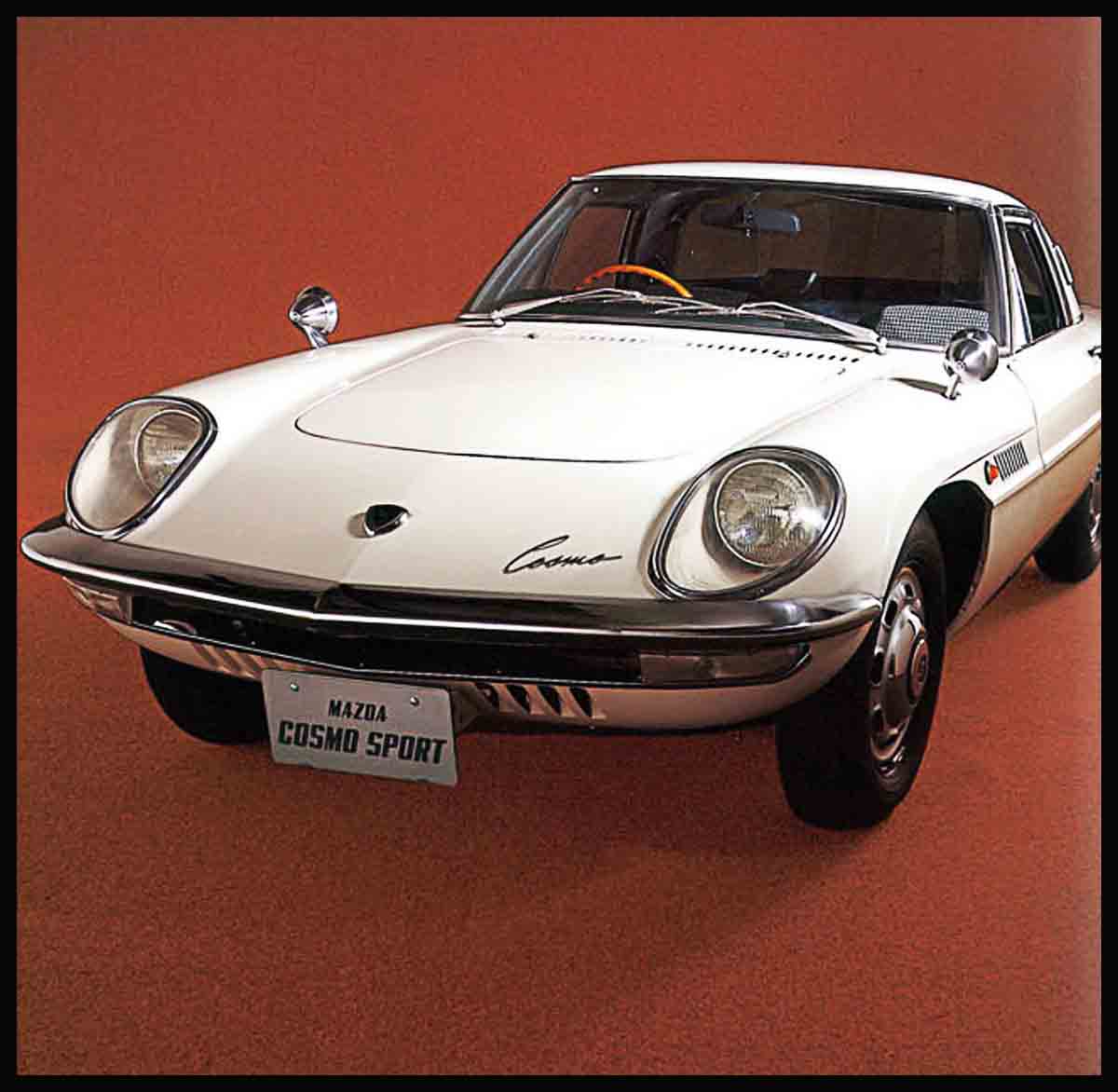
Mazda Cosmo 110S
Named for an era when the world was caught up in the excitement of the international space race, the diminutive Cosmo 110S was a sophisticated, two-seater coupe designed to sit at the very top of the Mazda range. At its launch in 1967 it was Japan’s first rotary-engined production car, the Hiroshima-based company hoping to project an image of itself as daring, forward thinking, innovative, and unconventional.

THE COSMO WAS first seen as a prototype at the 1964 Tokyo Motor Show, after which a limited run was produced for evaluation by both the factory and its dealers. Launched to the public three years later, its most distinctive feature was a unique two-rotor, Wankel rotary engine. Lacking conventional cylinders and with a capacity of under 1.0 liter, its 110 hp meant it was good for around 115 mph (185 km/h).
The cars were built by hand at a rate of one a day, with more than 1,500 leaving the factory before production ceased in 1972. Two of these joined the racing circuit, one taking fourth place in the gruelling 84-hour Marathon de la Route at Germany’s Nürburgring, and showing the resilience of the unorthodox engine.
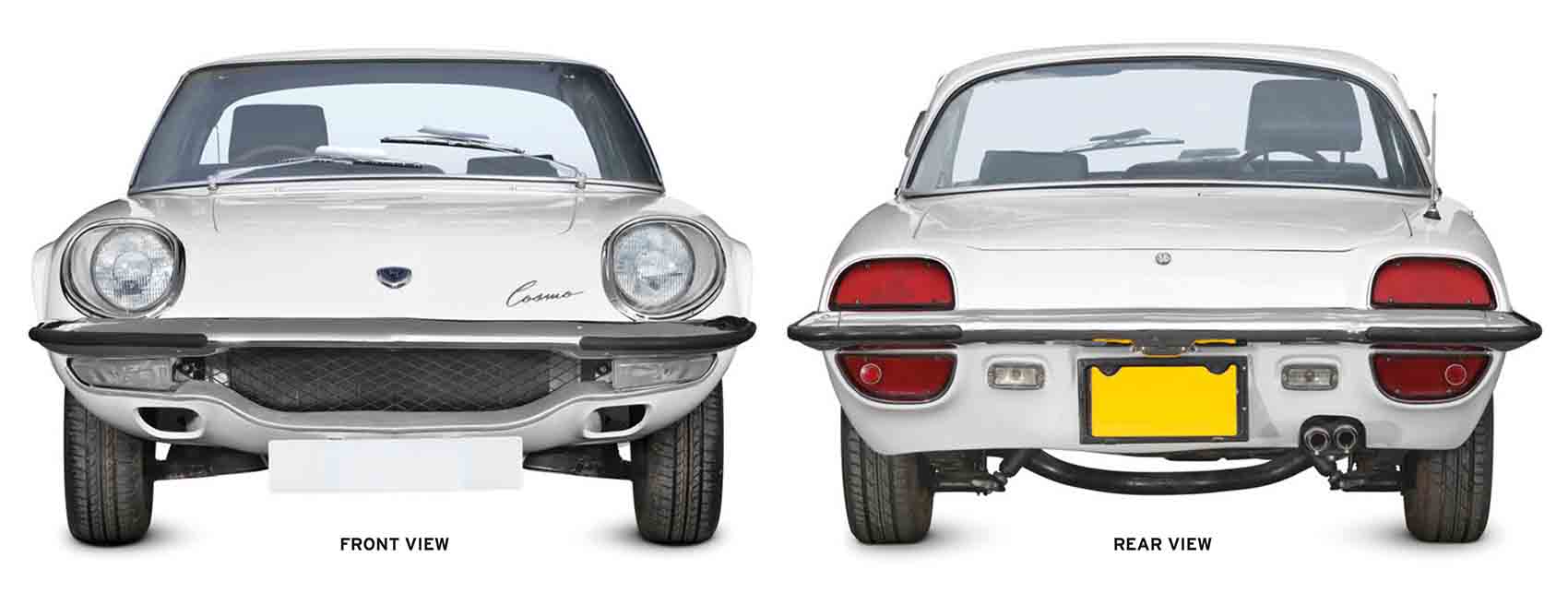
SPECIFICATIONS
| Model | Mazda Cosmo 110S 1967-72 |
| Assembly | Hiroshima, Japan |
| Production | 1,519 |
| Construction | Steel monocoque |
| Engine | 982 cc, twin-rotor Wankel engine |
| Power output | 110 bhp |
| Transmission | 4-speed manual |
| Suspension | Front coil springs, rear leaf springs |
| Brakes | Front discs, rear drums |
| Maximum speed | 115 mph (185 km/h) |
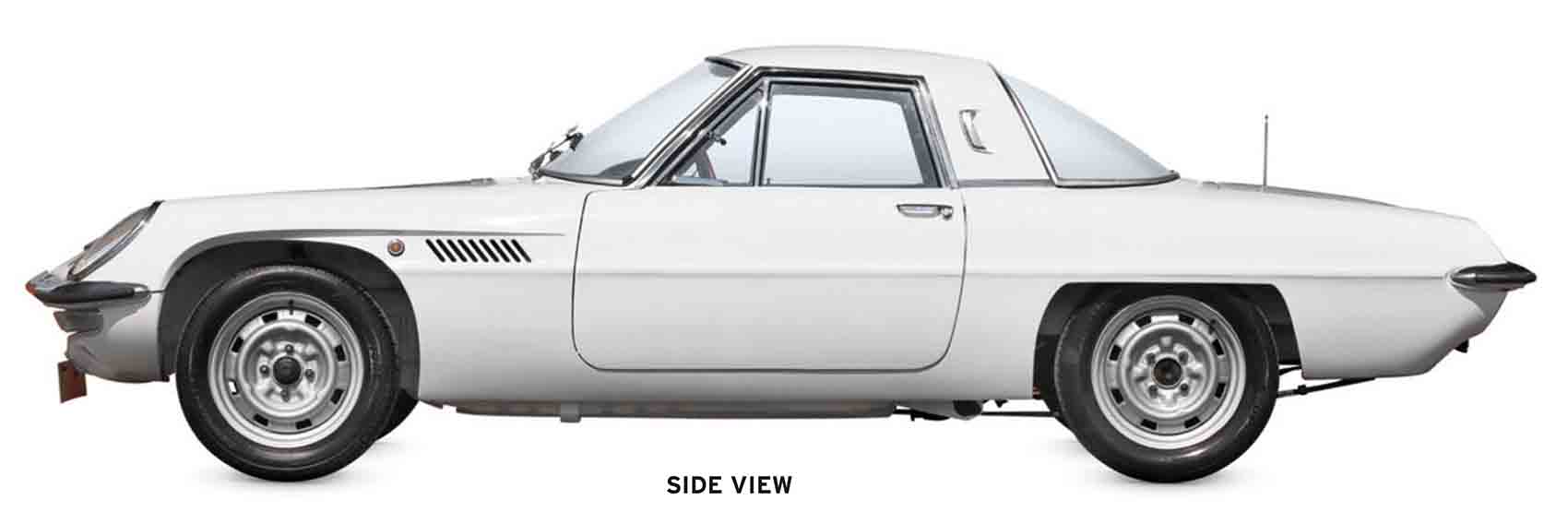
Styling
By borrowing stylistic touches from contemporaries such as the Lotus Elite and Ferrari’s exceptionally rare 410 Superamerica, Mazda designers produced a car that was fresh, modern, and entirely distinctive—with a dash of space-age exuberance.
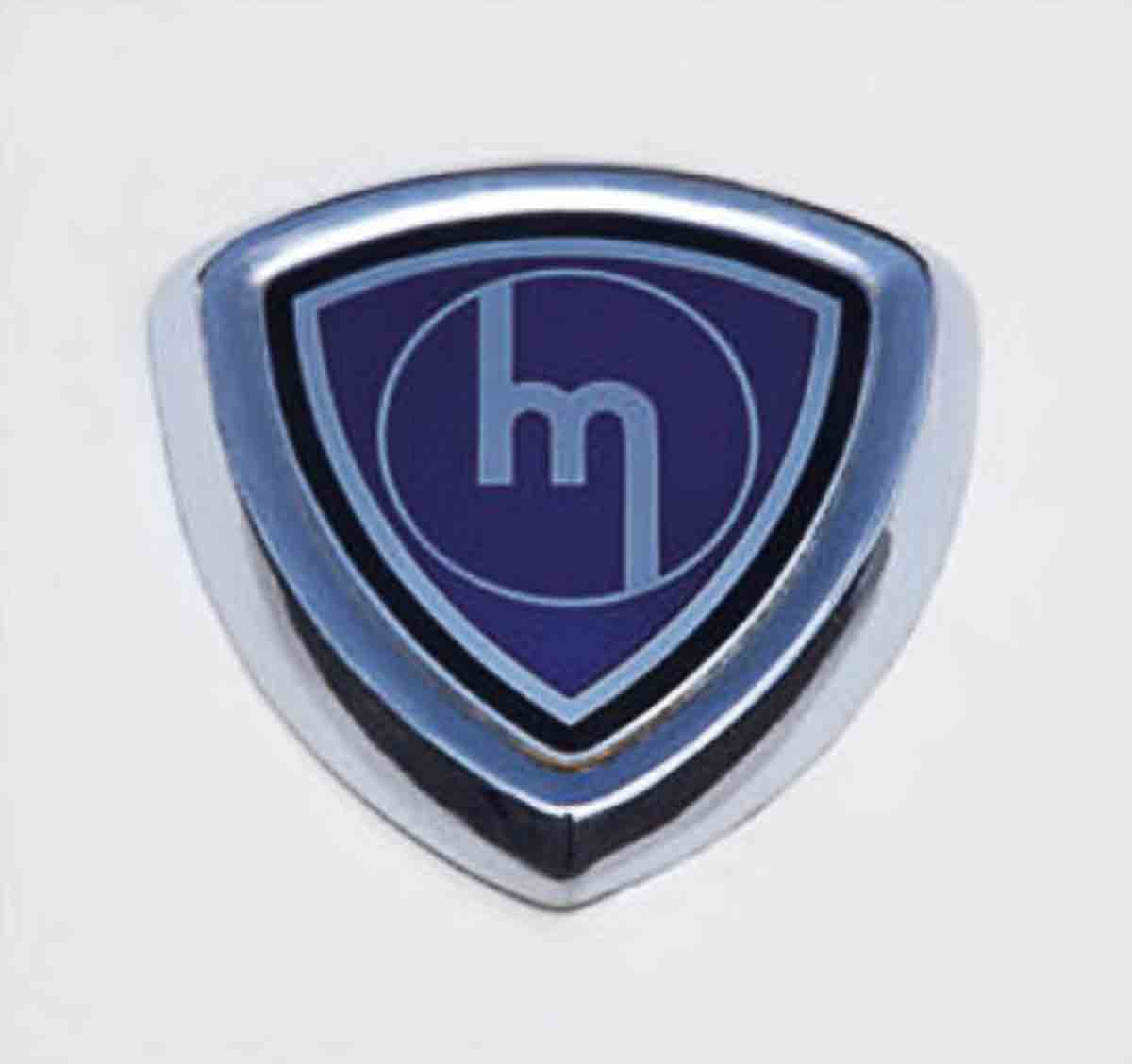
Mazda badge
From 1962-75, the stylized M for Mazda was derived from the name of the company’s founder, Jujiro Matsuda, but for many Asian owners it also had an association with Ahura Mazda, the god of wisdom, intelligence, and harmony.
ON THE ROAD
Previously a manufacturer of competent but unremarkable family cars, Mazda made a courageous move into new territory with the Cosmo and—like the company’s sensational victory decades later at Le Mans in 1991—an explicit declaration of its faith in the value of novel technology.
Fast and undeniably stylish, the car’s design has aged beautifully. Its rotary engine offered a driving experience quite unlike any other, with smooth power delivery belying its tiny size. As a demonstration of what a small, forward-looking company could achieve with the will and the right technical know-how, the Cosmo deserved its place in automotive history. It was special in the 1960s and decades later it still is. That it is a true classic is beyond question.
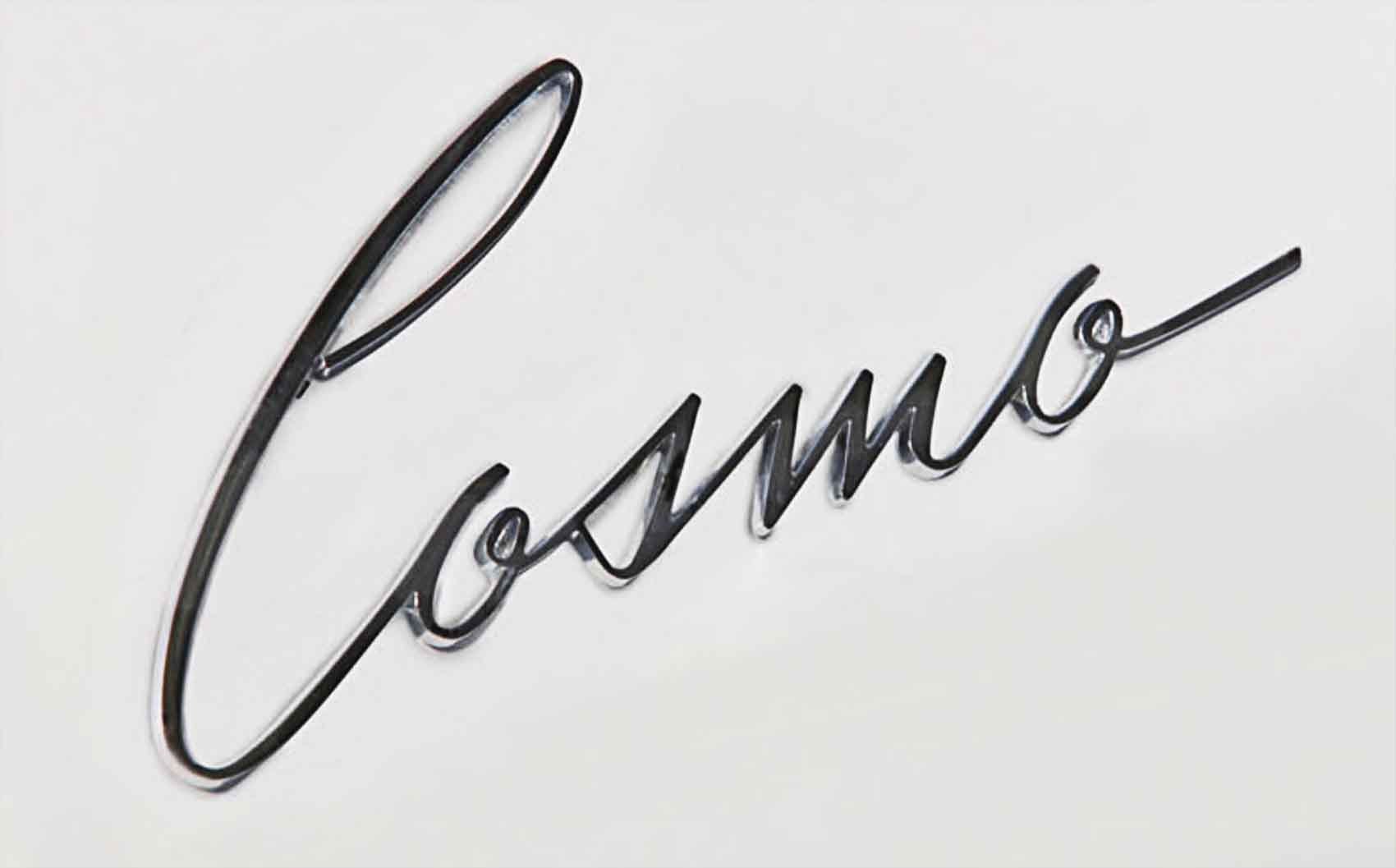
Cosmo name reflects the spirit of the age
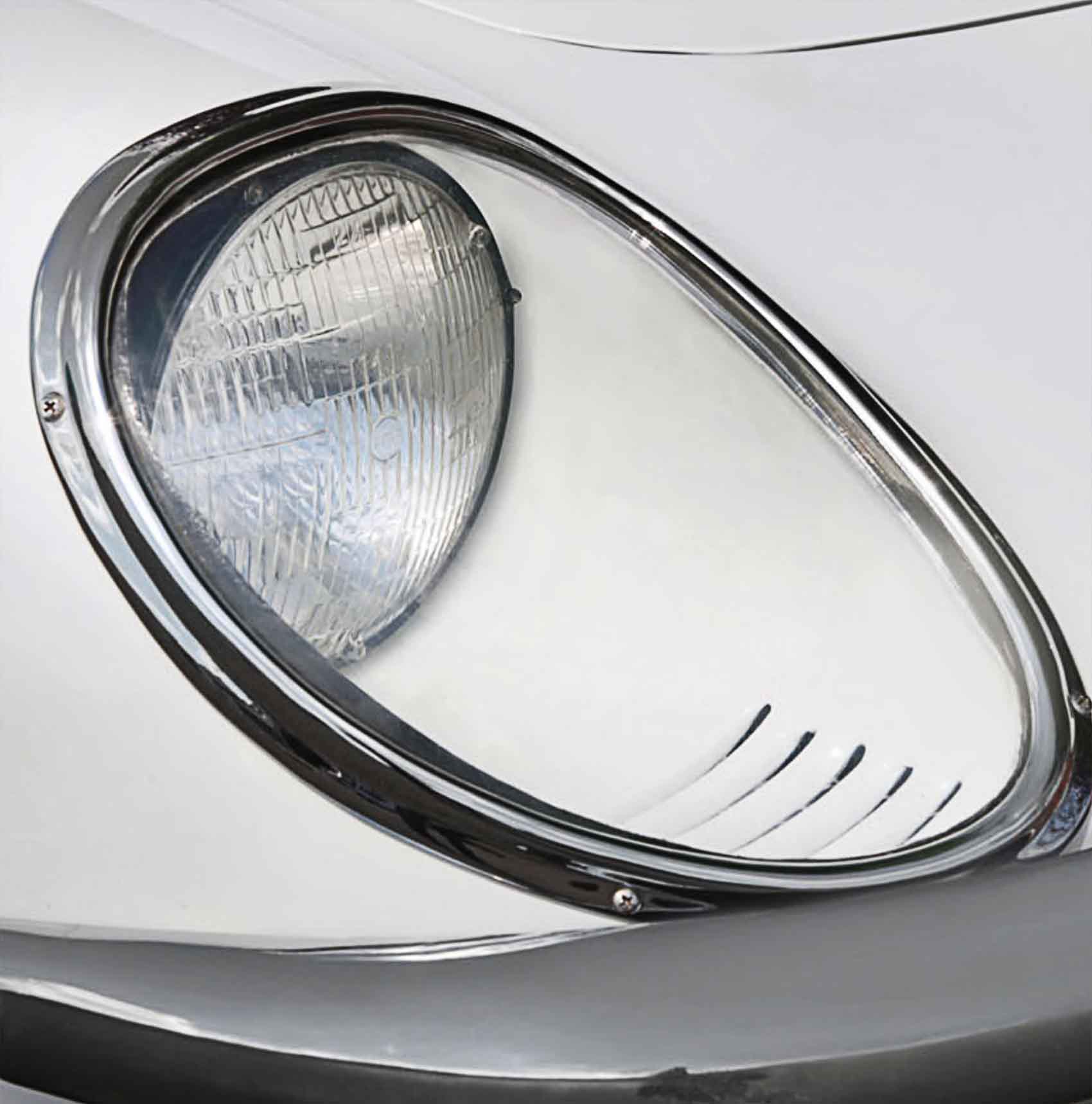
Covered headlights give aerodynamic appearance
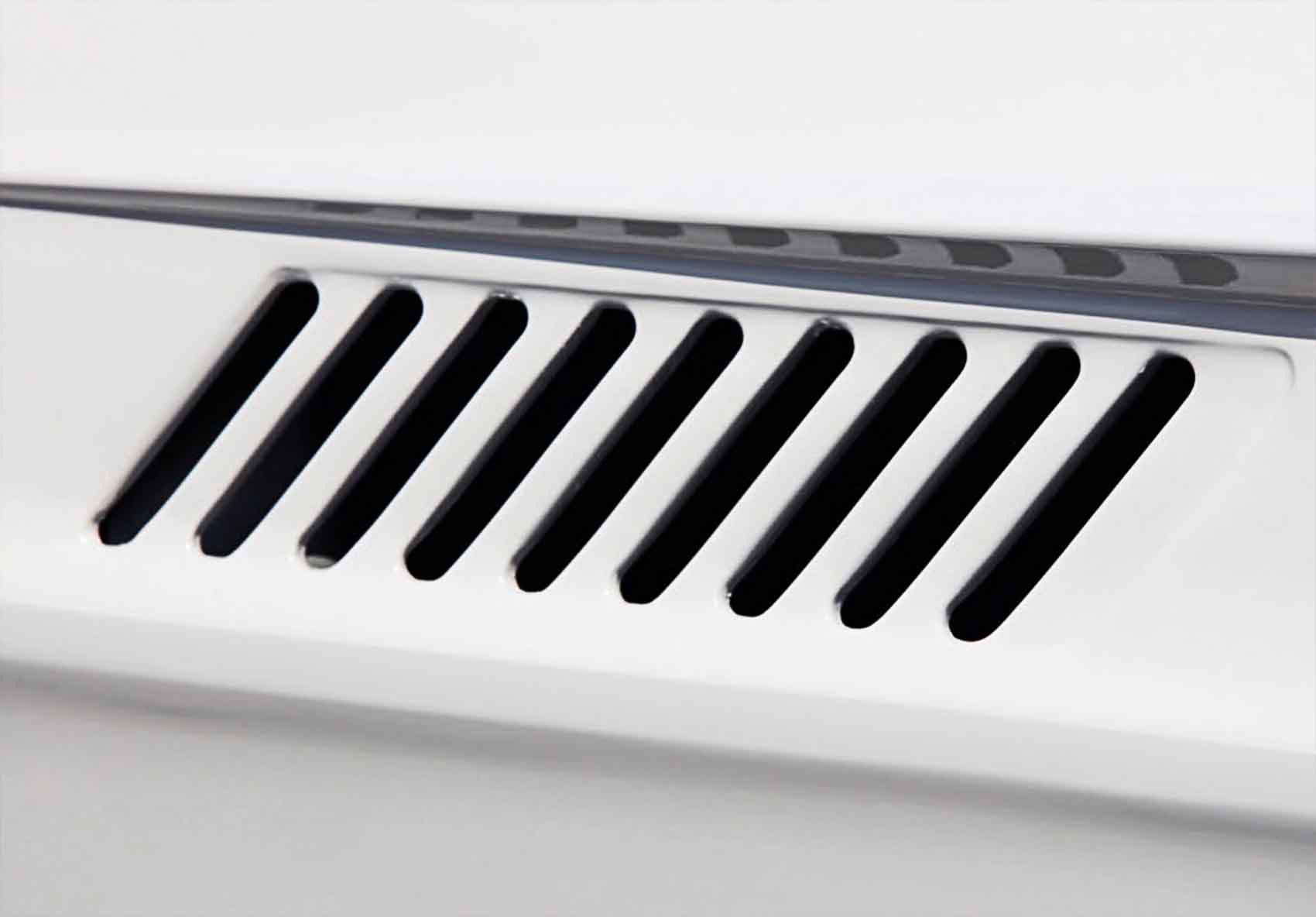
Neat detailing on front wings
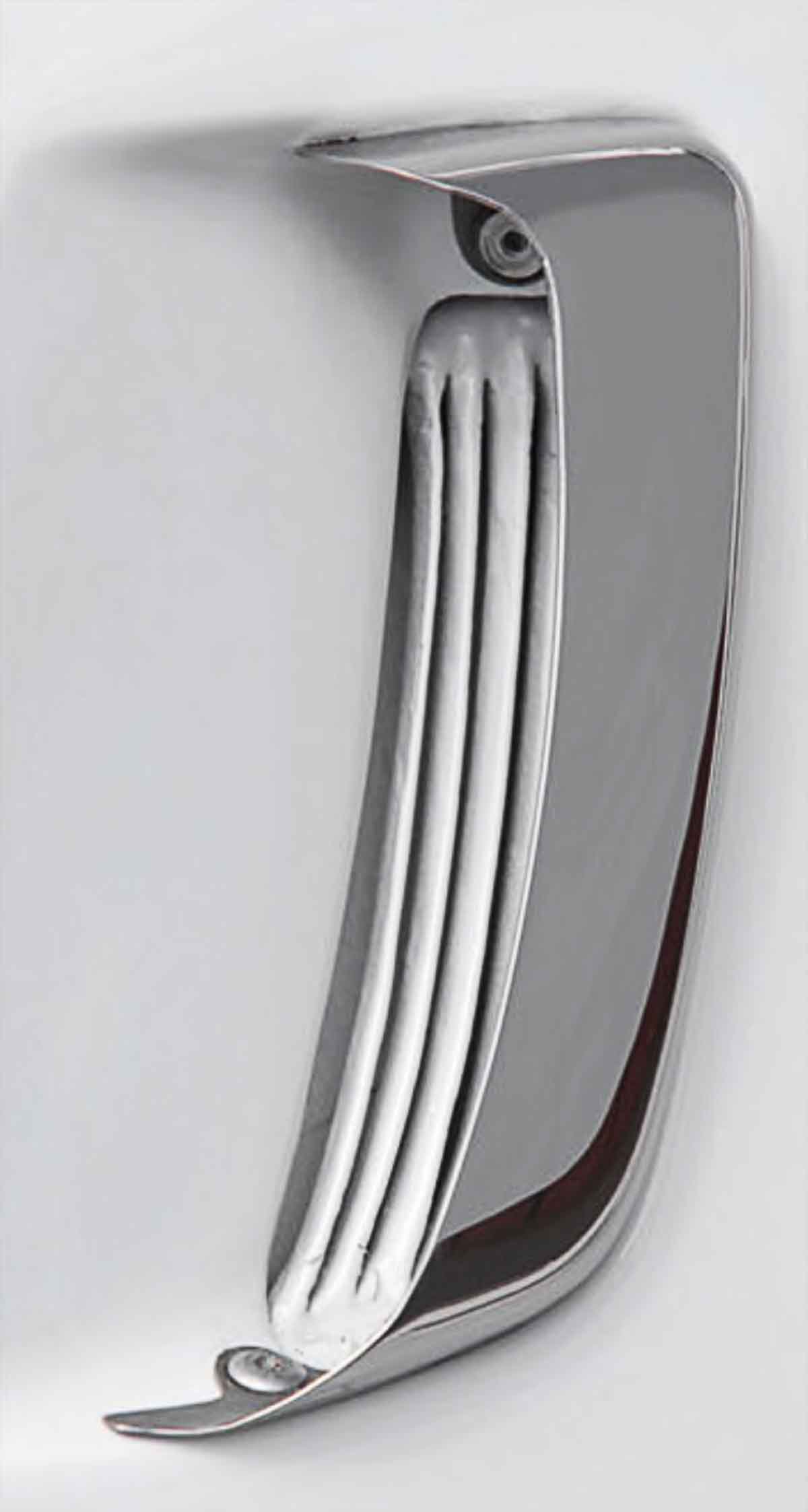
Cabin air vent on side of pillar
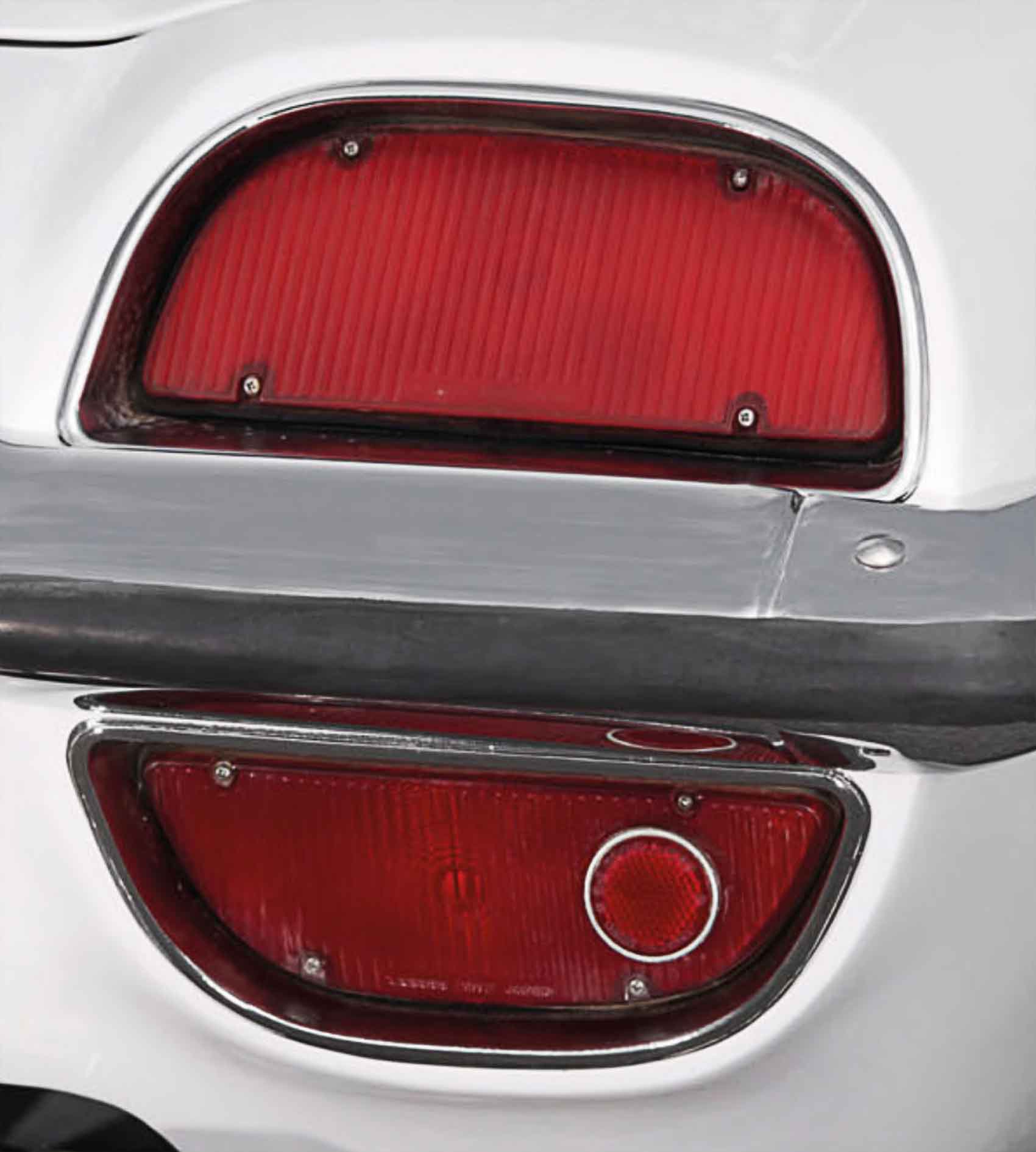
Stylized rear light cluster
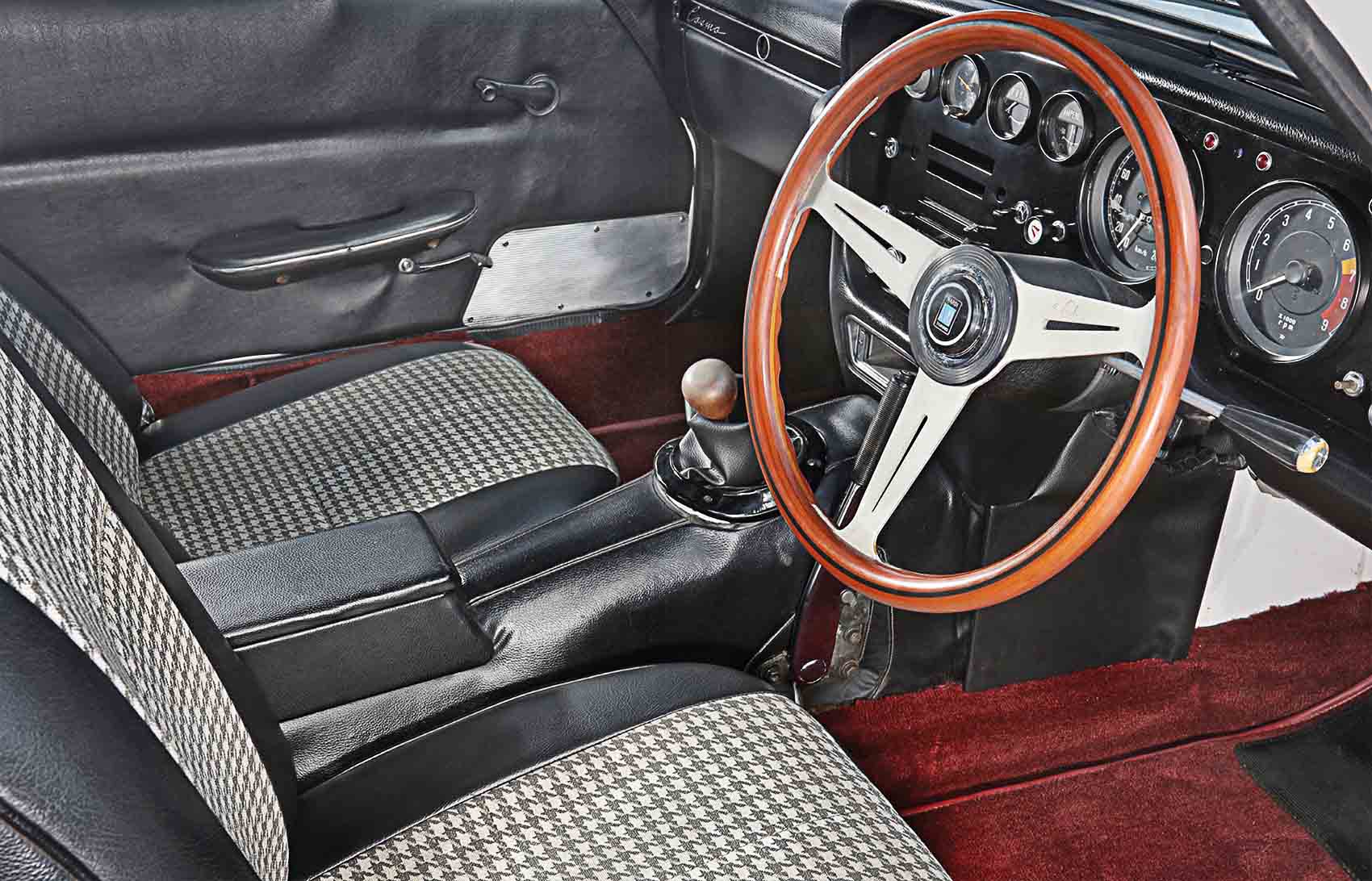
Sporty interior with vinyl trim and traditional wooden steering wheel
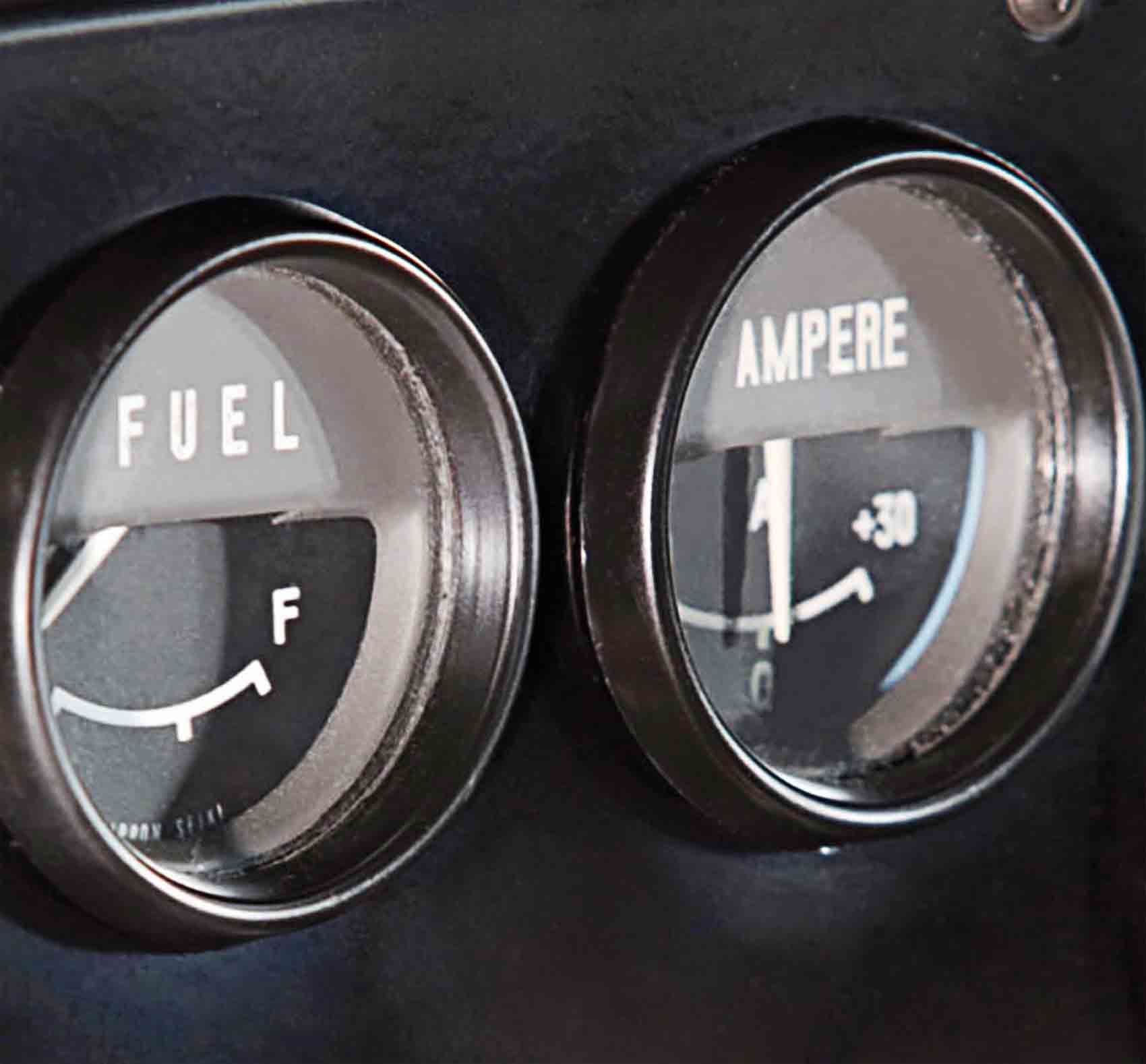
Full instrumentation underlines the car’s sporting credentials
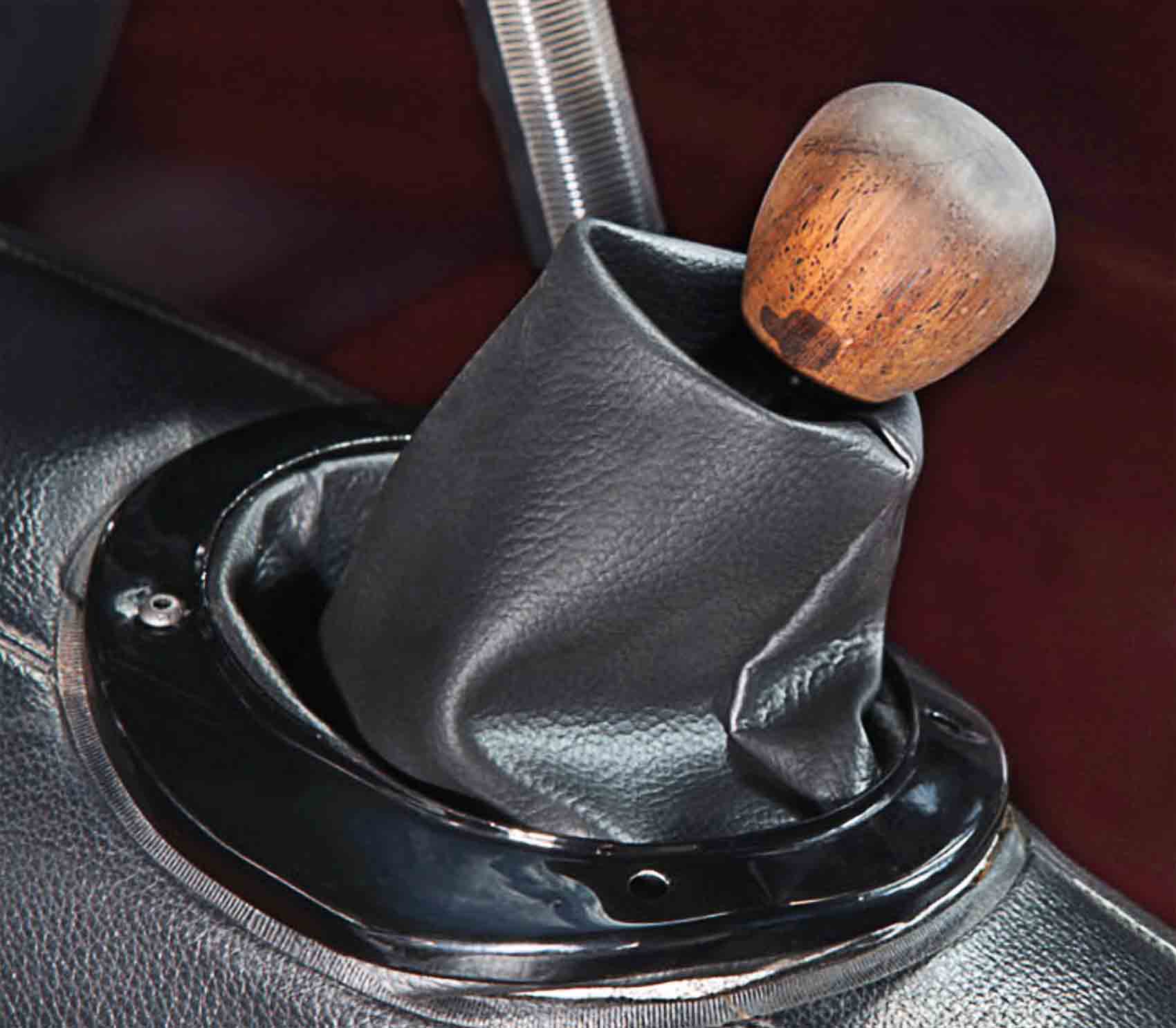
Short-throw gear lever for rapid gear changes
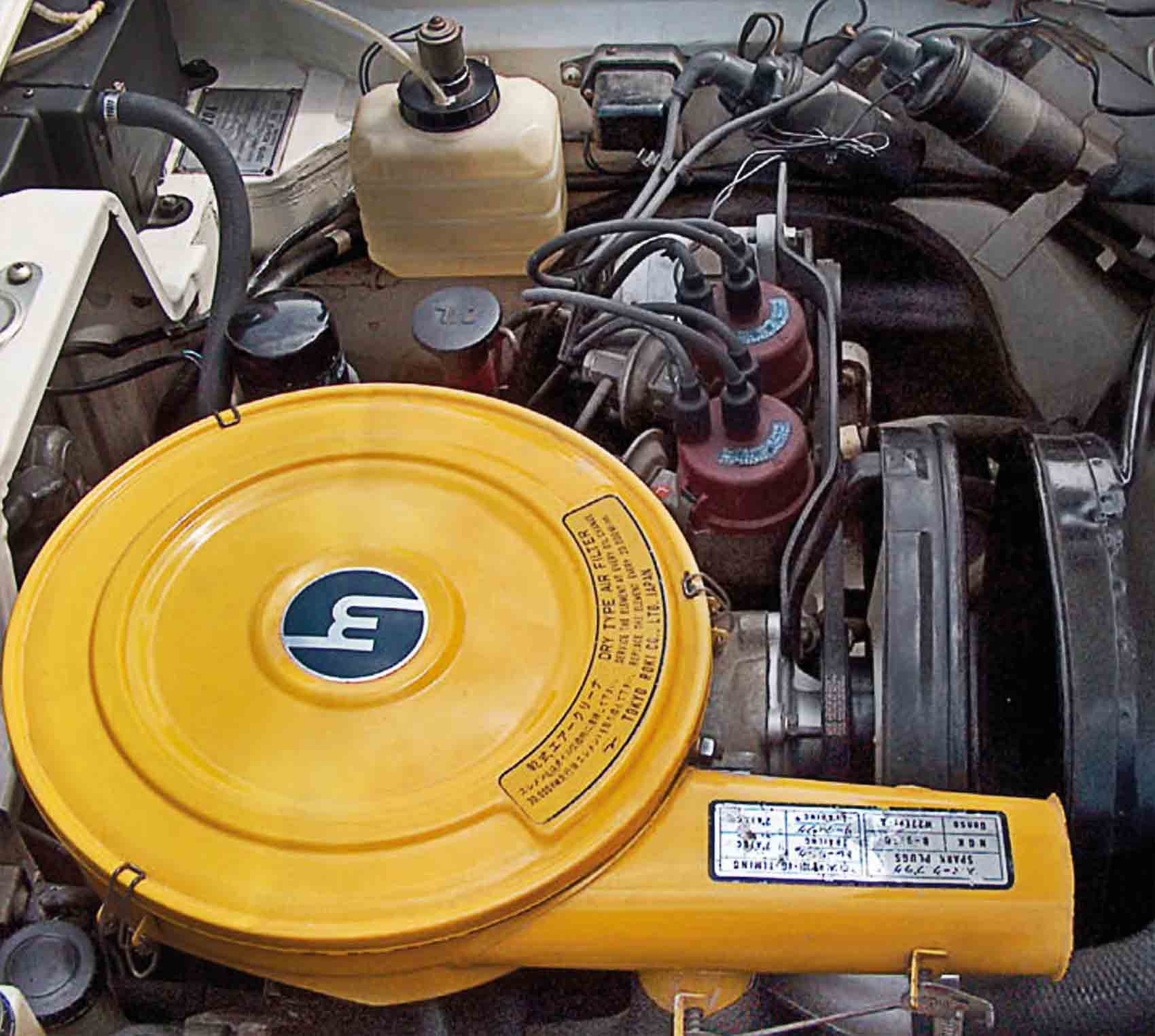
The Cosmo’s revolutionary Wankel engine is notably compact
It is a quote. The Classic Car Book – The Definitive Visual History 2016




